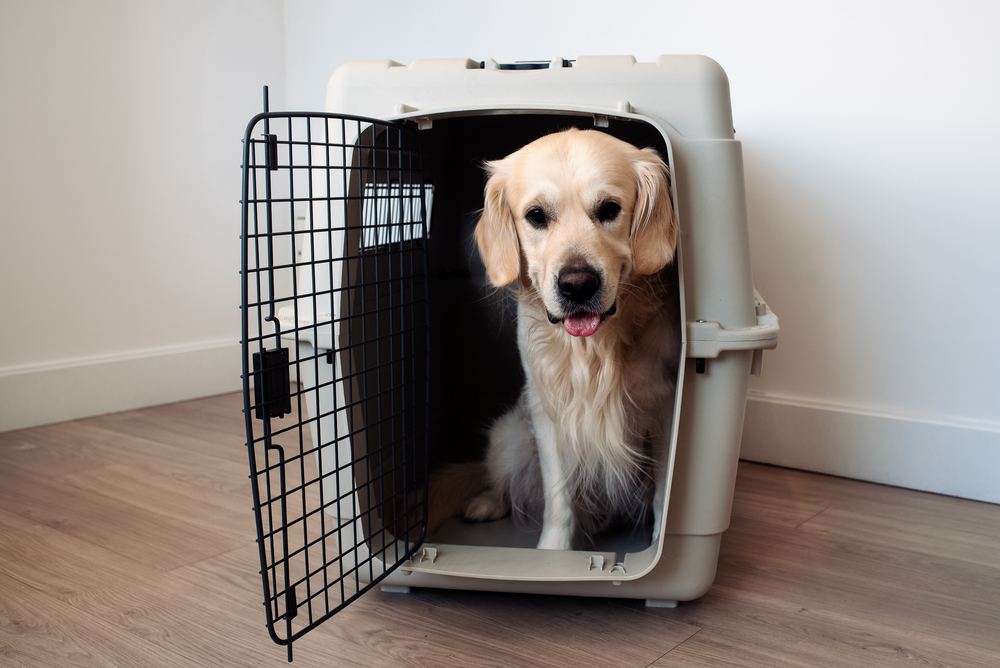Proper Transportation to Pet Urgent Care

When your pet is in need of urgent care, ensuring their safe and stress-free transport to the veterinary hospital is crucial. The process can be overwhelming, especially during an emergency, but preparing and knowing the correct steps to take can make a significant difference in the safety and comfort of your pet during transport.
Preparing for Transport
Preparation is key when it comes to transporting your pet to receive urgent care. Always have a pet carrier or crate ready for smaller animals, as this can prevent them from moving too much and potentially worsening their condition. For larger dogs, a makeshift stretcher, which can be created using a board or a blanket, may be necessary for pets that shouldn’t be carried due to their size or the nature of their injuries. Ensuring your vehicle is ready to accommodate your pet comfortably and safely, with blankets and any necessary supports, can help minimize their stress and discomfort during the journey.
Handling Your Pet with Care
Understanding how to correctly handle your pet in a state of emergency is fundamental. Pets in pain or distress may react unpredictably, so it’s important to approach them calmly and speak reassuringly. When lifting or moving your pet, support their body fully, paying special attention to injured areas to avoid causing further pain. If your pet has a suspected spinal injury, try to keep them as flat and stable as possible during transport, avoiding any twisting or bending movements.
The Journey to the Hospital
The drive to the veterinary hospital is critical, and how you manage it can impact your pet’s condition. Drive smoothly to avoid jostling your pet, and have someone accompany you if possible to monitor and comfort the pet while you focus on driving. Ensure the car is well-ventilated and maintain a temperature that will keep your pet comfortable throughout the journey. If you’re alone, placing the carrier or crate securely in the backseat rather than the front can help protect your pet in case of sudden stops.
Upon Arrival at the Veterinary Hospital
Once you arrive at Eascor Animal Hospital, it’s essential to inform the staff immediately about your pet’s condition so they can prepare for your arrival. If your pet is in a carrier, avoid opening it to check on them, as the veterinary team will need to assess and possibly treat your pet in a controlled environment. Following the veterinary team’s instructions upon arrival will ensure that your pet receives the urgent care they need promptly and efficiently.
Conclusion
Transporting your pet to receive urgent care can be a challenging experience, but being prepared and understanding how to safely handle and transport your pet can significantly ease the process. At Eascor Animal Hospital, we emphasize the importance of preparation, careful handling, smooth transportation, and effective communication upon arrival as key components of ensuring your pet’s safety and well-being during these critical moments. Remember, the way you transport your pet can make a substantial difference in their comfort and recovery, underscoring the importance of approaching this task with care and attentiveness.
